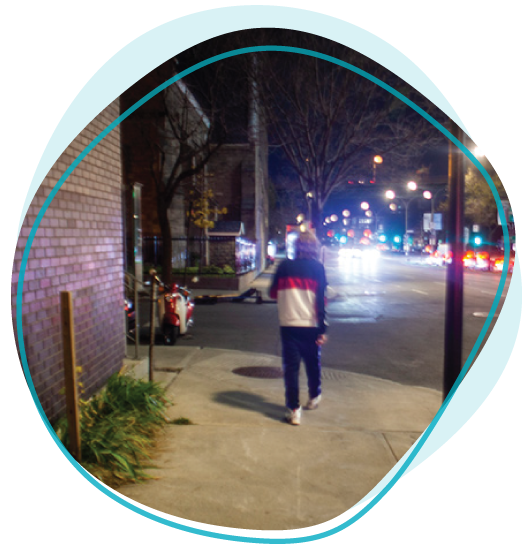Responding to Runaways
What is Running Away?
In Quebec, the law protects our children until they reach the age of majority. They must come back where they live at the agreed-upon time and may not leave without the consent of the people responsible for them. If such a situation arises and it is impossible to confirm the youth’s whereabouts, we are dealing with a case of running away, which can pose a risk to the youth’s development and safety.
The involvement of police is often required, and their role is to search for and bring the youth back home. Depending on the situation, a request for services can be made under the Youth Protection Act (LPJ) or the Act Respecting Health Services and Social Services (For the youth, running away can have a positive side. It carries a meaning adults must be aware of in order to understand the phenomenon and respond appropriately.


Youth Worker’s Approach
The approach to intervention that we propose is inspired by methods used in a number of environments. It is based on humanistic and trauma-informed approaches (ARC model), as well as on models for harm reduction, empowerment and motivational interviewing. These approaches involve paying attention to how we relate with youth, offering them the attention and openness they need. It is important to accept them with compassion for who they are, what they are going through and what they aspire to.
In practical terms, this means listening to the youth without judgement, taking into account the benefits they achieve or perceive when they run away, and then establishing a framework for the
relationship. By remaining available and empathetic, and respecting their rhythm, we can personalize the intervention and learn their perspective on their situation. We must have confidence in them and their abilities. This is how they give us the opportunity to help them deal with their problems.
Importance of Co-operation
The complexity of the issue of running away requires close co-operation between the various people involved in the youth’s life. By engaging all these stakeholders, we can establish a well-adapted safety net around the youth and deploy a coordinated response. Each partner plays their role at a different time. Together, we can understand the needs that running away is fulfilling and then respond accordingly with all the following stakeholders:
Parents, family and friends
School employees
Institutional and community youth workers
Police officers
Any other person of importance to the youth